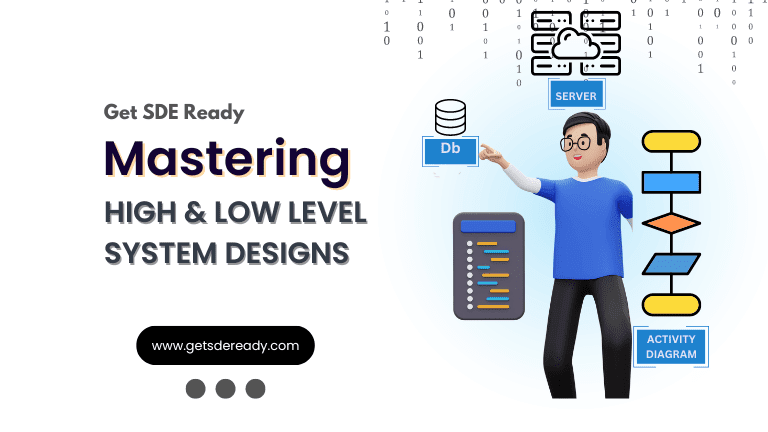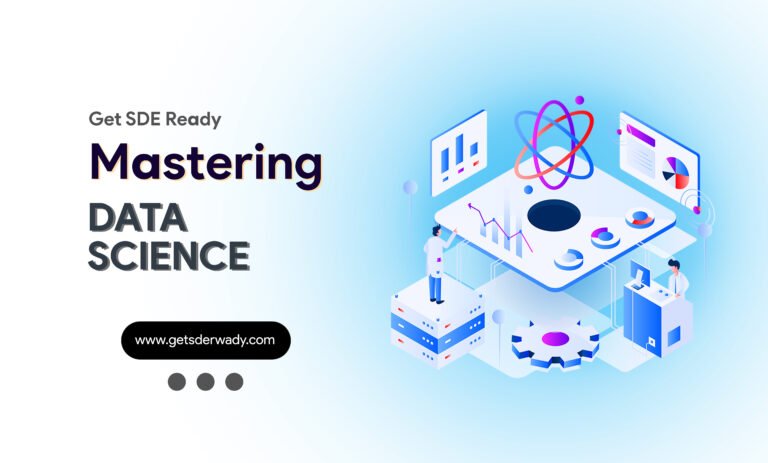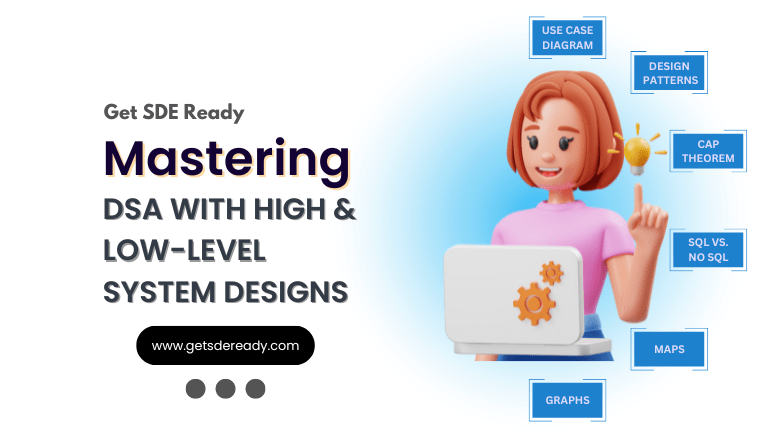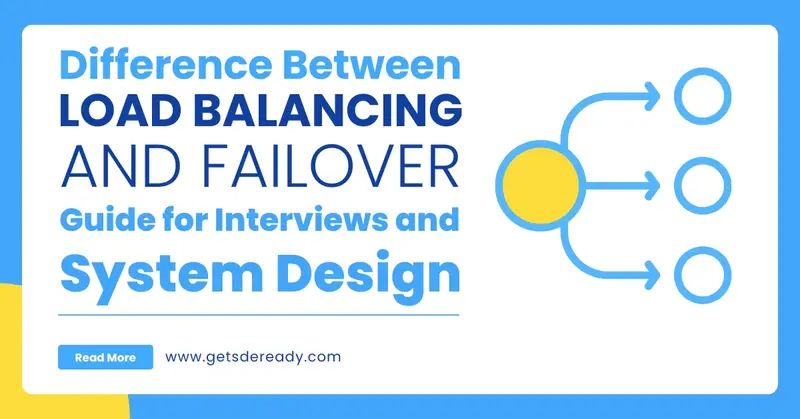
Top 10 Steps to Create a System Design Portfolio for Developers
Apple is one of the most sought-after tech companies in the world, and its interview process reflects the high standards it sets for employees. System design interviews, in particular, are challenging, as they evaluate not only your technical skills but also your ability to think holistically and solve complex problems. This guide provides an overview of Top Apple System Design Interview Questions, along with preparation tips to help you succeed.
Creating a robust system design portfolio is essential for any developer who wants to showcase their skills and stand out in a competitive job market. A well-structured portfolio demonstrates your ability to handle real-world system design challenges, which is crucial for both interviews and career growth. In this blog post, we will outline the top 10 steps to build a comprehensive system design portfolio that will help you impress potential employers and clients.
Step 1: Understand the Basics of System Design
Before you begin creating your system design portfolio, it’s essential to have a solid understanding of system design fundamentals. System design involves planning and structuring complex systems to meet specific requirements, balancing trade-offs like scalability, reliability, and maintainability.
Key Concepts to Learn:
- Scalability: The ability of a system to handle increased load without sacrificing performance.
- Reliability: Ensuring the system works as expected, even under unexpected conditions.
- Maintainability: How easily the system can be modified or updated.
Also Read: Mastering Data Structures & Algorithms for foundational knowledge.
Step 2: Learn from Real-World System Design Problems
Study Uber System Design Questions, Apple System Design Questions, and other real-world system design questions. These examples provide invaluable insights into how complex systems are designed and how to approach design challenges methodically.
Important Learning Areas:
- Case Studies: Analyze case studies of real-world systems like Uber, Apple, or Airbnb.
- Patterns and Best Practices: Identify common design patterns and approaches used in these case studies.
Recommended Topic: Uber System Design Questions
Step 3: Select a Variety of Projects to Include
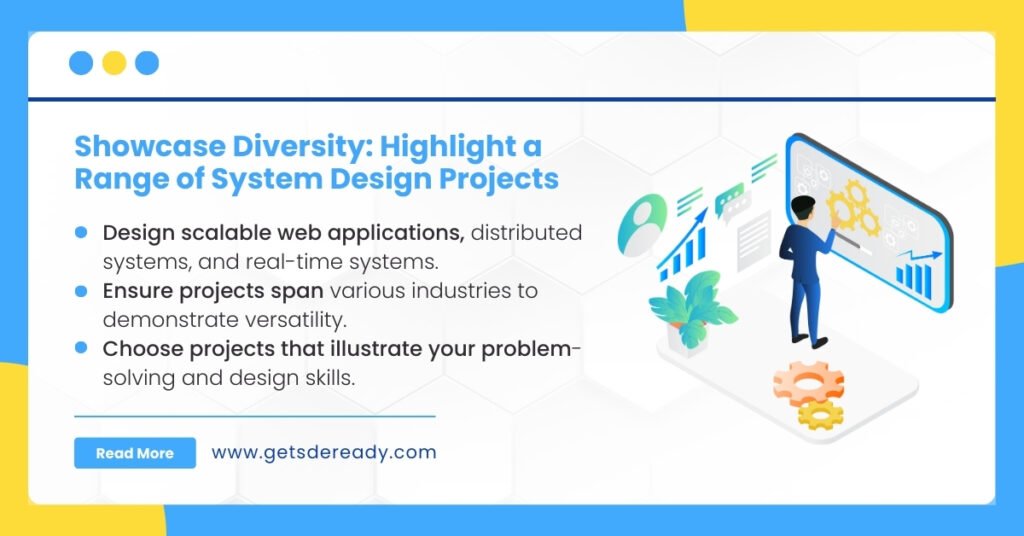
Your portfolio should showcase a diverse range of projects that highlight your system design skills. Choose projects that demonstrate your ability to design systems for different use cases and industries.
Projects to Include:
- Scalable web applications: Design systems that can handle high traffic.
- Distributed systems: Design systems that can operate across multiple nodes.
- Real-time systems: Design systems that handle real-time data.
Recommended Topic: Shopify System Design Questions
Step 4: Focus on Low & High-Level System Design
Both low-level and high-level system designs are important. A well-rounded portfolio should showcase your ability to handle both aspects, demonstrating a comprehensive understanding of how systems function from both a detailed and architectural perspective.
Low-Level Design:
- Focus on components such as databases, APIs, and individual services.
- Work on designing algorithms that optimize performance.
High-Level Design:
- Focus on system architecture, including scalability, load balancing, and fault tolerance.
Also Read: Low & High-Level System Design
Step 5: Incorporate Real-Time Systems into Your Portfolio
Real-time systems are a critical part of many applications today. Show your proficiency in designing systems that can process data with minimal delay, such as messaging apps, live streaming services, or payment gateways.
Key Considerations for Real-Time Systems:
- Latency: Minimizing the delay in processing data.
- Consistency: Ensuring that all users see the same data at the same time.
- Availability: Ensuring the system is always accessible.
Recommended Topic: Mobile App System Design Questions
Step 6: Focus on Cloud Architecture
As more companies move to the cloud, cloud architecture becomes a key skill for developers. Your portfolio should include projects where you design systems using cloud services such as AWS, Azure, or Google Cloud.
Cloud-Based Systems:
- Microservices: Use cloud-native architectures that support microservices.
- Serverless: Design serverless architectures to optimize cost and performance.
Recommended Topic: 20 Stripe System Design Questions
Step 7: Demonstrate Your Database Management Skills
Database design is a crucial aspect of system design. Show your expertise in designing relational and non-relational databases, and highlight your ability to choose the right database for specific use cases.
Database Design Considerations:
- Normalization: Ensuring data is structured efficiently.
- Sharding: Distributing data across multiple databases to enhance scalability.
Recommended Topic: Database Management System (DBMS)
Step 8: Practice with System Design Interviews

Simulating system design interviews is an effective way to improve your skills. The ability to communicate your design ideas clearly is essential, and practicing mock interviews will help you refine this skill.
Interview Preparation:
- Mock Interviews: Participate in mock interviews with peers or mentors.
- Problem Solving: Tackle different types of system design problems to improve your approach.
Recommended Topic: How to Ace System Design Interviews
Step 9: Showcase Your Understanding of Distributed Systems
Distributed systems are the backbone of many modern applications. Your portfolio should reflect your ability to design systems that operate across multiple servers or even multiple data centers.
Distributed Systems Key Components:
- Replication: Ensuring that data is copied across multiple servers to ensure availability.
- Consistency and Partition Tolerance: Following the CAP theorem to design fault-tolerant systems.
Recommended Topic: Critical System Design Questions for Tech Interviews
Step 10: Keep Your Portfolio Updated
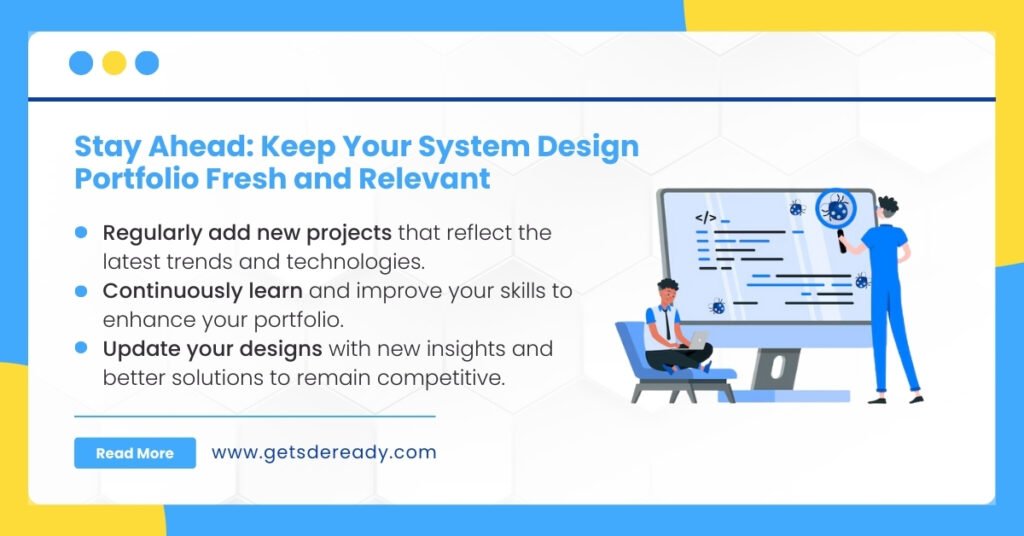
A static portfolio can quickly become outdated, especially in the fast-paced tech world. Regularly update your portfolio with new projects, improved designs, and enhanced skills to keep it fresh and relevant.
Tips for Keeping Your Portfolio Updated:
- New Projects: Add new projects that reflect the latest trends in system design.
- Skills Enhancement: Continuously learn new technologies and techniques to enhance your portfolio.
Also Read: Atlassian System Design Interview Questions
FAQs
What should be included in a system design portfolio?
A system design portfolio should include a variety of projects that showcase your ability to design scalable, reliable, and maintainable systems. It should also highlight your proficiency in both low-level and high-level system designs, cloud architectures, and database management.
How do I prepare for system design interviews?
To prepare for system design interviews, study real-world system design problems, participate in mock interviews, and practice explaining your designs clearly and concisely. Focus on understanding the trade-offs in system design, such as scalability, reliability, and maintainability.
What are the key skills needed for system design?
Key skills for system design include knowledge of scalable architectures, cloud computing, database management, distributed systems, and the ability to design for reliability and fault tolerance. Strong problem-solving skills and the ability to communicate your designs effectively are also essential.
Accelerate your Path to a Product based Career
Boost your career or get hired at top product-based companies by joining our expertly crafted courses. Gain practical skills and real-world knowledge to help you succeed.
Reach Out Now
If you have any queries, please fill out this form. We will surely reach out to you.
Contact Email
Reach us at the following email address.
Phone Number
You can reach us by phone as well.
+91-97737 28034
Our Location
Rohini, Sector-3, Delhi-110085




